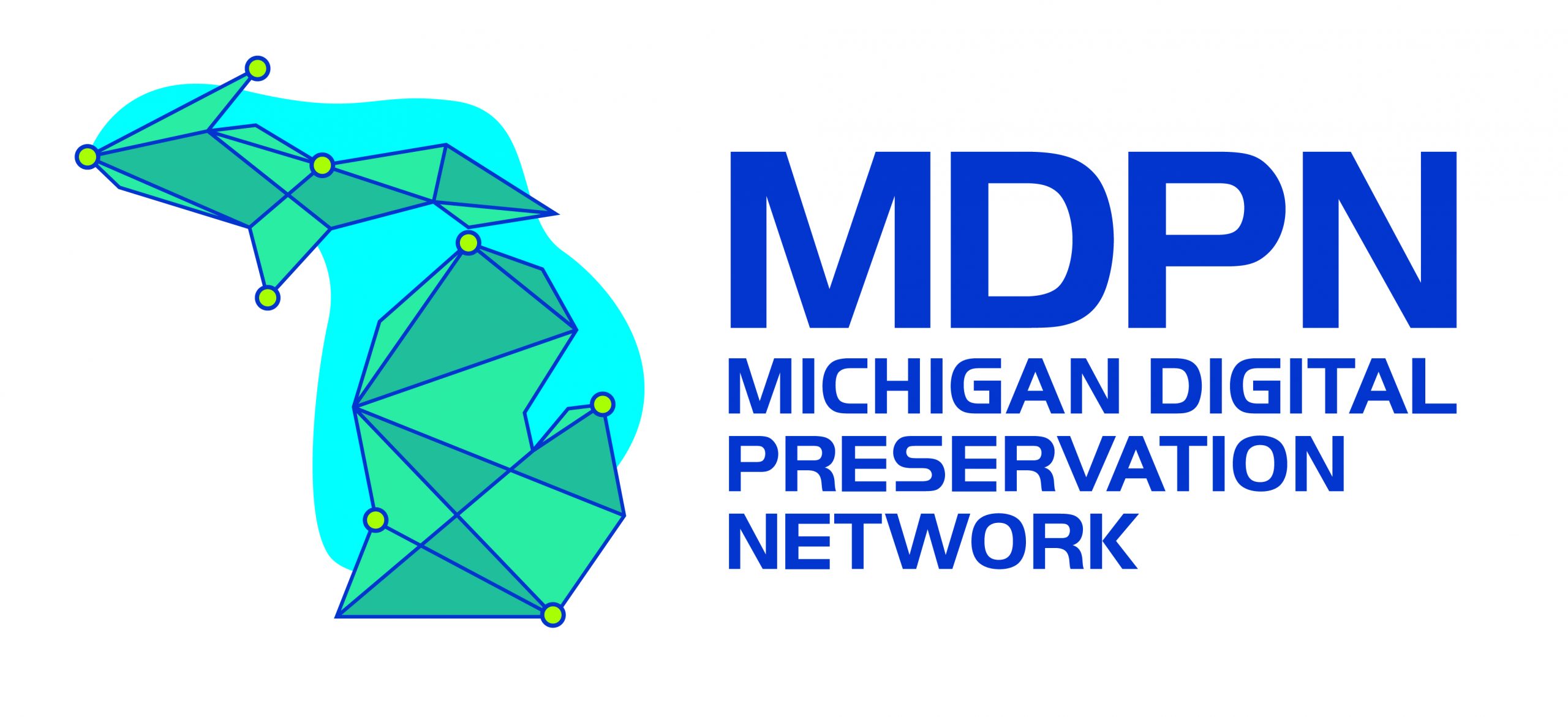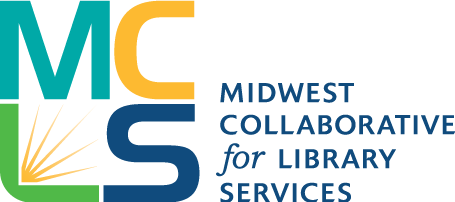Technology
Implementation Update: the LOCKSS Program released an alpha6 version of LOCKSS 2.0/LAAWS in January 2023. Program staff at LOCKSS indicate that a beta release should be deployed by Fall 2023. For more on LOCKSS 2.0/LAAWS and how it impacts the MDPN, please read the LOCKSS section below.
Beginning in 2020, the MDPN Tech Committee evaluated a number of preservation tools and software and selected those that demonstrated high levels of security, usability, and adaptability. Preference was also given to tools and software that was open-source, non-proprietary, and community-supported. For more information on the Tech Committee, including current members, please visit the Governance page.
DART
DART (Digital Archivists Resource Tool) is a validation and file transfer tool developed and supported by Academic Preservation Trust (AP Trust). DART packages digital content according to the BagIt specification and generates a checksum Content transferred through DART is deposited onto the MDPN Staging Server, where it can be harvested by the preservation network. DART can also transfer digital content to multiple storage layers – including the MDPN preservation network and your institution’s own backup or institutional repository – in one workflow.
For more information on DART, please visit its Documentation page and GitHub repository.
LOCKSS
The MDPN relies on LOCKSS (Lots of Copies Keeps Stuff Safe), a distributed digital preservation software created and supported by the LOCKSS Program at Stanford University Libraries. LOCKSS networks are made up of multiple servers or “nodes” spread across different geographical areas to help mitigate potential risks. Using a unique and secure Polling and Repair Protocol, the different nodes of a LOCKSS networks constantly communicate with each other to account for the authenticity and integrity of the content under preservation.
Production-scale deployment of the MDPN LOCKSS network is delayed as the LOCKSS Program continues development of LOCKSS 2.0/LAAWS (LOCKSS Architected as Web Service). The MDPN was the first preservation network to test the LOCKSS 2.0 version during our 2020 LOCKSS 2.0 Pilot co-led with Western Michigan University. Though the LOCKSS Program continues to release new alpha versions of the software, we feel it is best for the security of our members’ valuable digital content to delay offering production-scale service until a stable beta version is released and tested by our MDPN partners. We continue to receive regular updates from the LOCKSS Program regarding ongoing development and engage in test production with current node hosts and the broader Private LOCKSS Network (PLN) community.
LOCKSS offers a number of advantages to the MDPN and its members, including:
Organizational Durability: The LOCKSS Program is one of the longest-running digital preservation initiatives operating today. The program operates as a recognized and supported part of Stanford University Libraries, and boasts diversified funding sources, including libraries, publishers, and grants.
Secure Technology: The technical architecture of LOCKSS offers unique and highly secure protections for digital content. The LOCKSS software is open for community review, scrutiny, contribution, and adaptation, and made available under a permissive BSD license. LOCKSS is certified trustworthy — a thorough external evaluation of a LOCKSS-based system, a 2014 audit of the CLOCKSS Archive under the Trustworthy Repositories Audit and Certification criteria by the Center for Research Libraries, yielded the only perfect score issued to date for the category of “Technologies, Technical Infrastructure, Security” (PDF) as well as an overall score matching the previous best. In 2018, CRL re-certified the CLOCKSS Archive, awarding it the highest overall score received to date.
A Robust Community: As a user of the LOCKSS preservation software, the MDPN is a part of the Private LOCKSS Network (PLN) community. This international group of users, which includes CLOCKSS, MetaArchive, the Alabama Digital Preservation Network, the SAFE Network, COPPUL/WestVault, Cariniana, and others, meets quarterly to discuss common challenges and share new ideas and tools to make preservation easier and more secure. The MDPN is also an active member of the PLN Technical Subcommittee and the Shared Messaging Working Group.
Local Control: LOCKSS is a tool for communities to be able to sustain the capacity and the commitment to carry out digital preservation for themselves. Local control enables less contingent and more flexible access to content and serves as a vital bulwark against changing vendor business practices. Local control means being less dependent on third-party attestations of content custody and preservation status, as you can always examine and determine the disposition of the content stored in a LOCKSS cache.
For more information on LOCKSS, including the most recent LOCKSS 2.0/LAAWS releases, please visit their Documentation Portal and blog.



